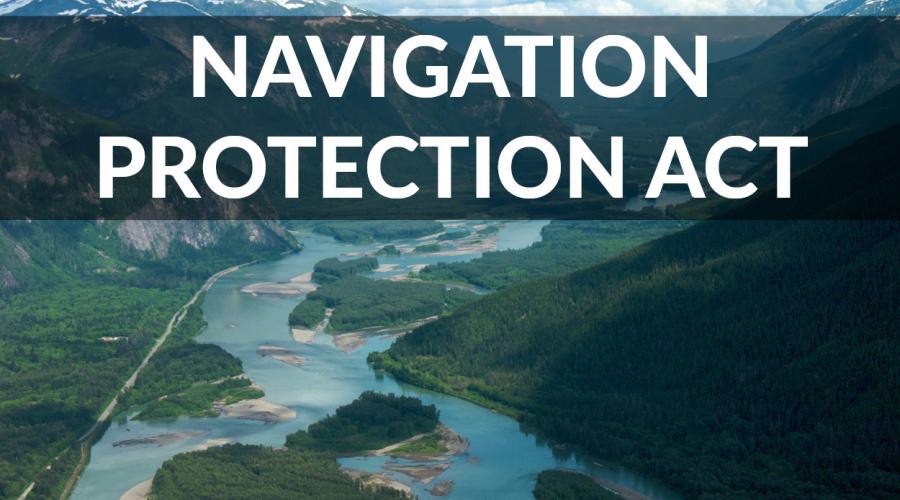
In 2012, omnibus budget Bill C-45 changed one of Canada’s oldest laws, the Navigable Waters Protection Act, into the Navigation Protection Act, removing key legal protections from over 99% of Canada’s lakes and rivers.
For those waterbodies that lost their protection, a permit under the Act is no longer required to build culverts, dykes or bridges, or to otherwise impede navigation.
This reduced federal protection means an individual or group that depends on a waterway for recreation or livelihood would have to go to court to enforce century-old public rights of navigation to challenge development that it believes impedes navigation.
Under the new Navigation Protection Act just 64 rivers, 97 lakes and the three oceans are protected from development that restricts their navigability. The list of rivers, lakes and oceans currently protected under the Act represents a tiny fraction of the country’s waterways. There are no protected water bodies on Vancouver Island, for example, and major streams and lakes elsewhere in BC have been excluded.
At the time, the Canadian government defended the changes, arguing that these rules created too much red tape and insisting that the purpose of the provisions were not environmental.
In 2015, the mandate letters for both the Minister of Transport and Minister of Fisheries, Oceans and the Canadian Coast Guard tasked the Ministers to review the previous government's changes to the Navigable Waters Protection Act, to restore lost protections and incorporate modern safeguards. Then, the federal government launched a review and public consultation process to accept input on the Act.
After the review concluded, the federal government introduced Bill C-69, which makes amendments to the Canadian Navigation Protection Act – to be renamed the Canadian Navigable Waters Act.
Unfortunately, the amendments in the Bill do not live up to the government's promise to restore lost protections of waterways. The restored legal protections are narrowly focused, exclude environmental values, and in many cases are substantially weaker than the pre-2012 version of the law.
Key points
West Coast Environmental Law Association has written about why navigation protection is also environmental protection. Here are a few key points:
- The public right of navigation has always included the protection of navigable waters; the Act should protect navigable waters, and not only a narrow view of navigation.
- All navigable waters deserve legal protection, and not just the major ones. Indeed, the smaller waterways that are enjoyed by kayakers and canoers, hunters and fishers, are often the most vulnerable. One biologist reports no longer being able to access isolated areas to do his fisheries research because protection of the stream that he would boat up was eliminated, and a culvert subsequently built that blocked his way.
- The government’s review of how to protect navigation can’t be entirely separate from its reviews of the Fisheries Act and of environmental assessment processes – these statutes must work together to protect Canada’s waterways.
Additional resources
- Brief on Review of Public Navigation Rights in Canada
(By West Coast Environmental Law Association, November 2016)
West Coast's submission to the Standing Committee on Transport, Infrastructure and Communities, with recommendations on how to restore lost environmental protection and introduce modern safeguards to the Navigation Protection Act. - Every Lake, Every River: Restoring the Navigable Waters Protection Act
(By Council of Canadians, October 2016)
This report from Council of Canadians highlights how the new Navigation Protection Act is impacting local economies, Indigenous peoples’ rights and waterways from coast to coast. - Navigating the Parliamentary waters
(By Krystyn Tully, October 2012)
Krystyn Tully of the Lake Ontario Waterkeepers explains the importance of navigation rights and the protection provided by the former legislation
Blogs on Canada’s Navigation Protection Act: